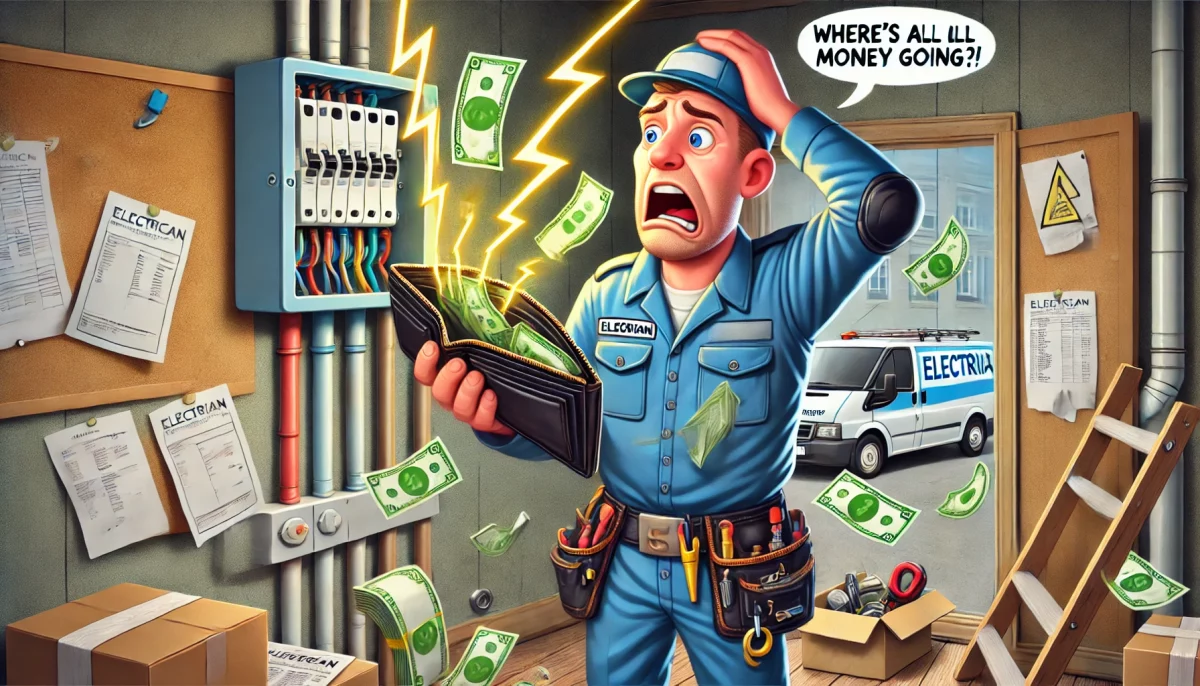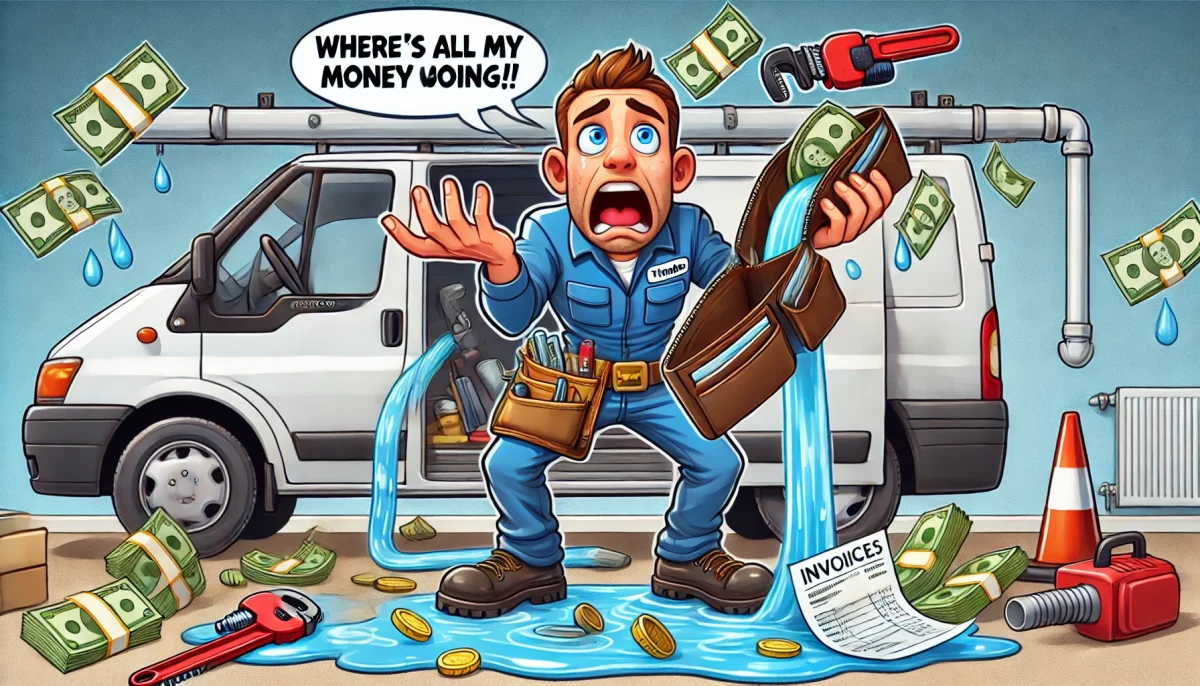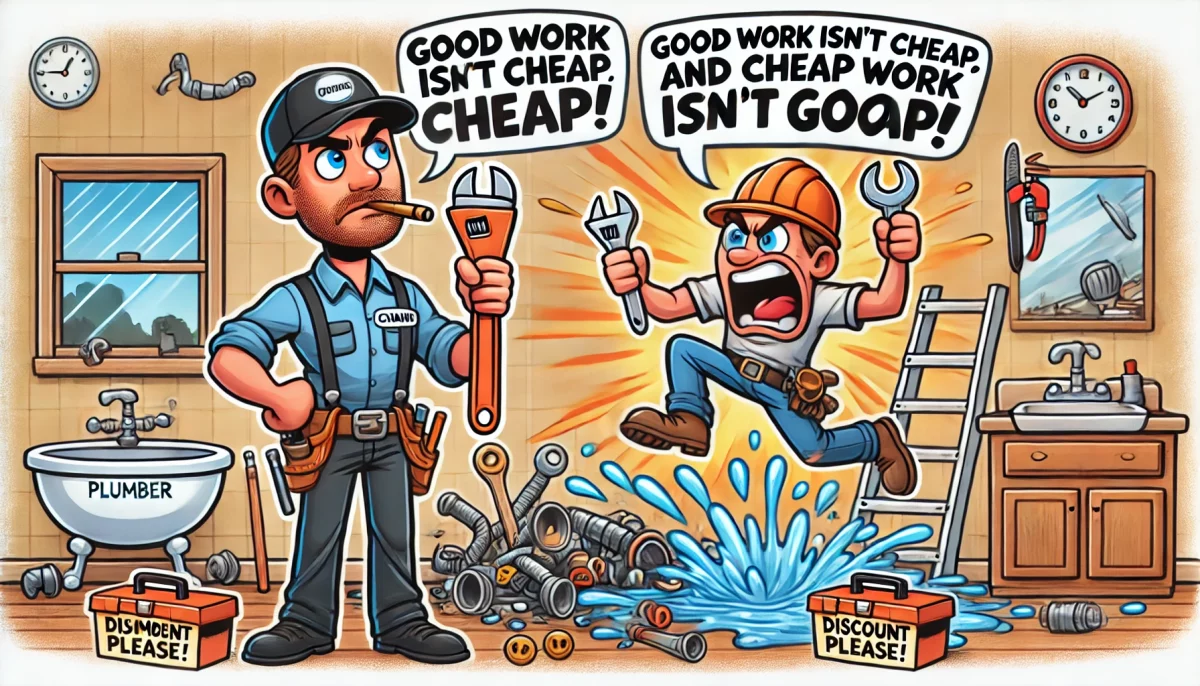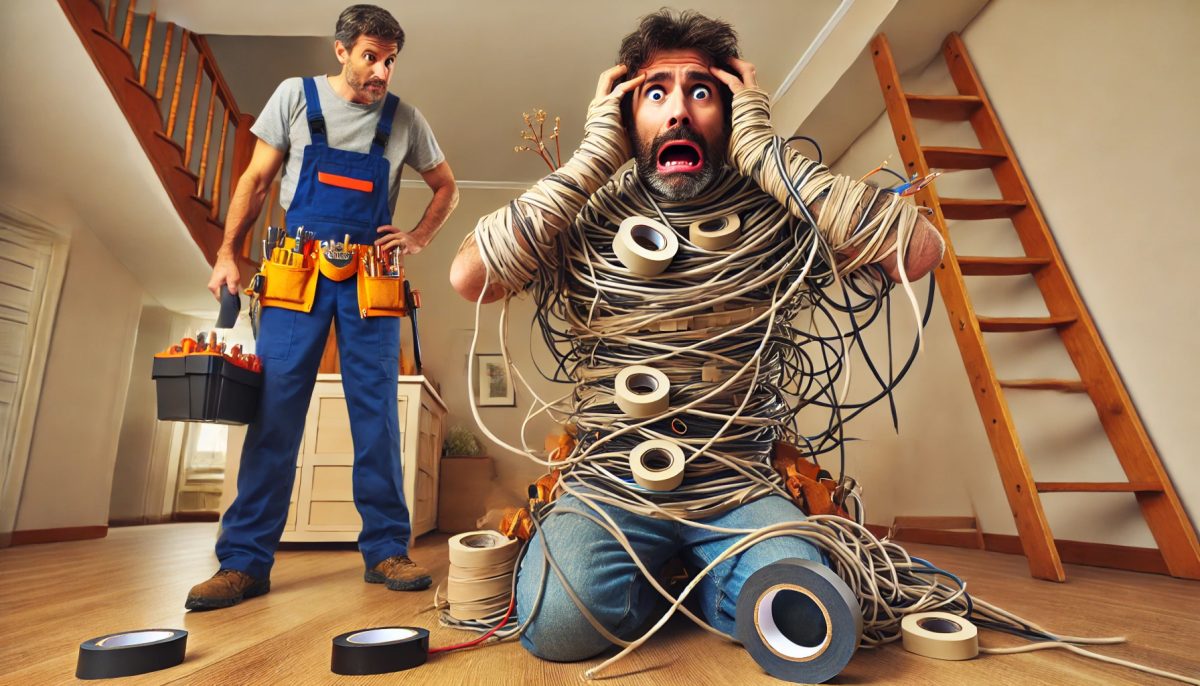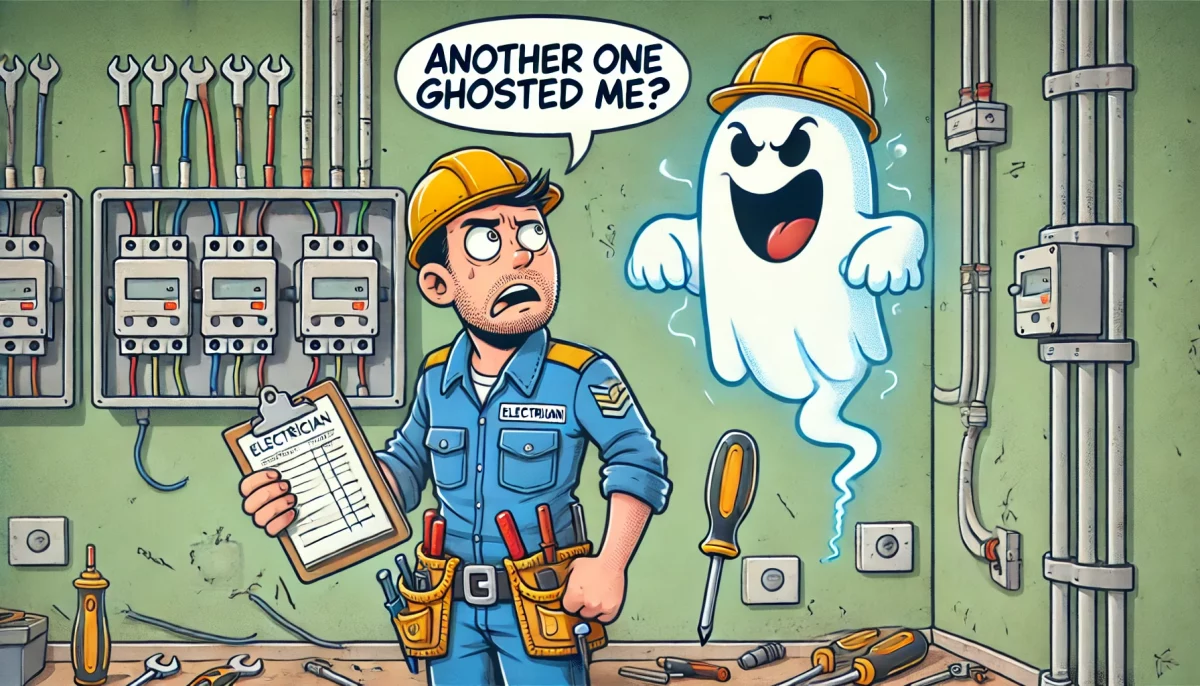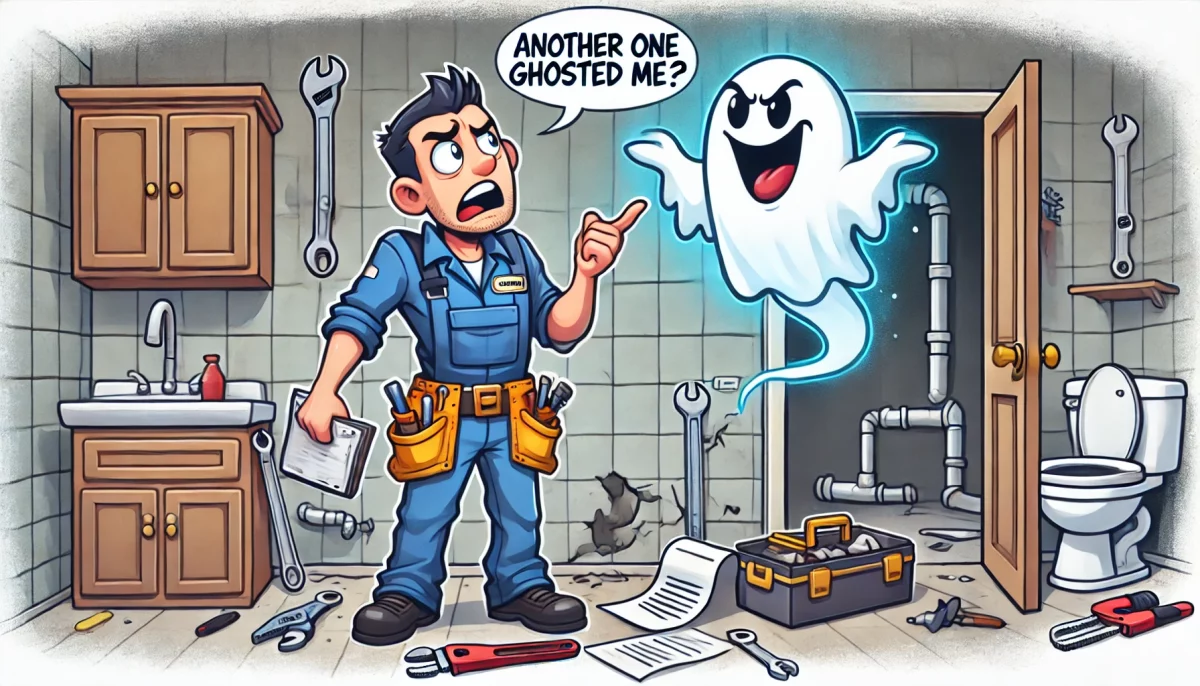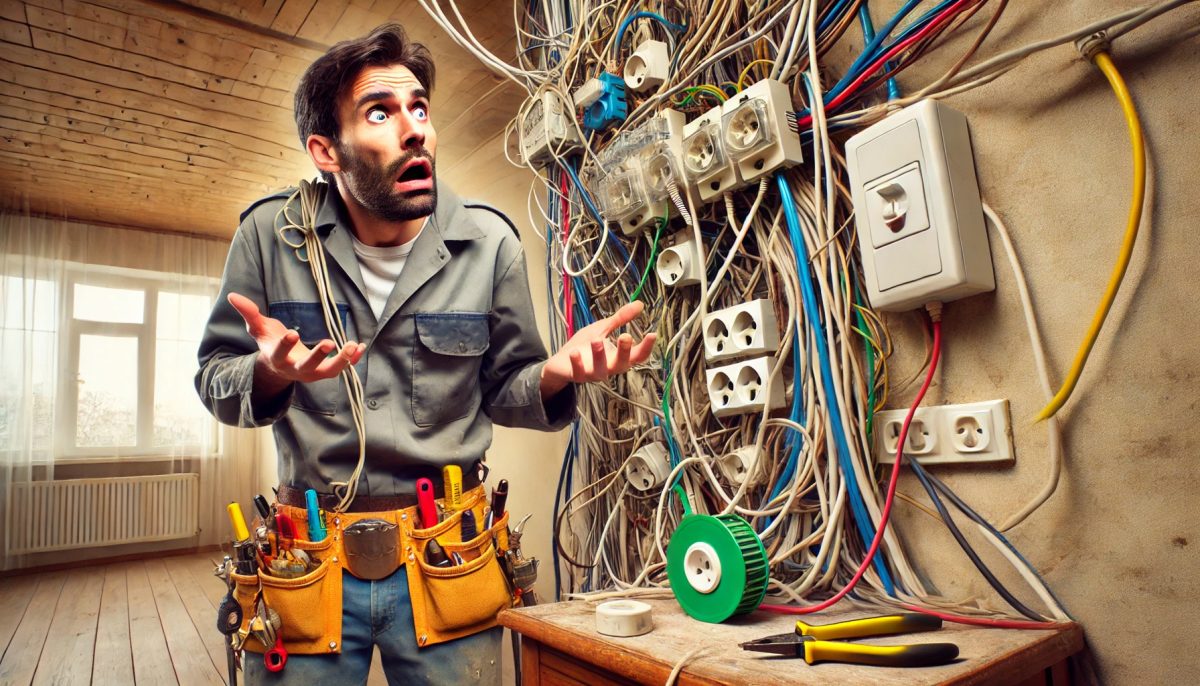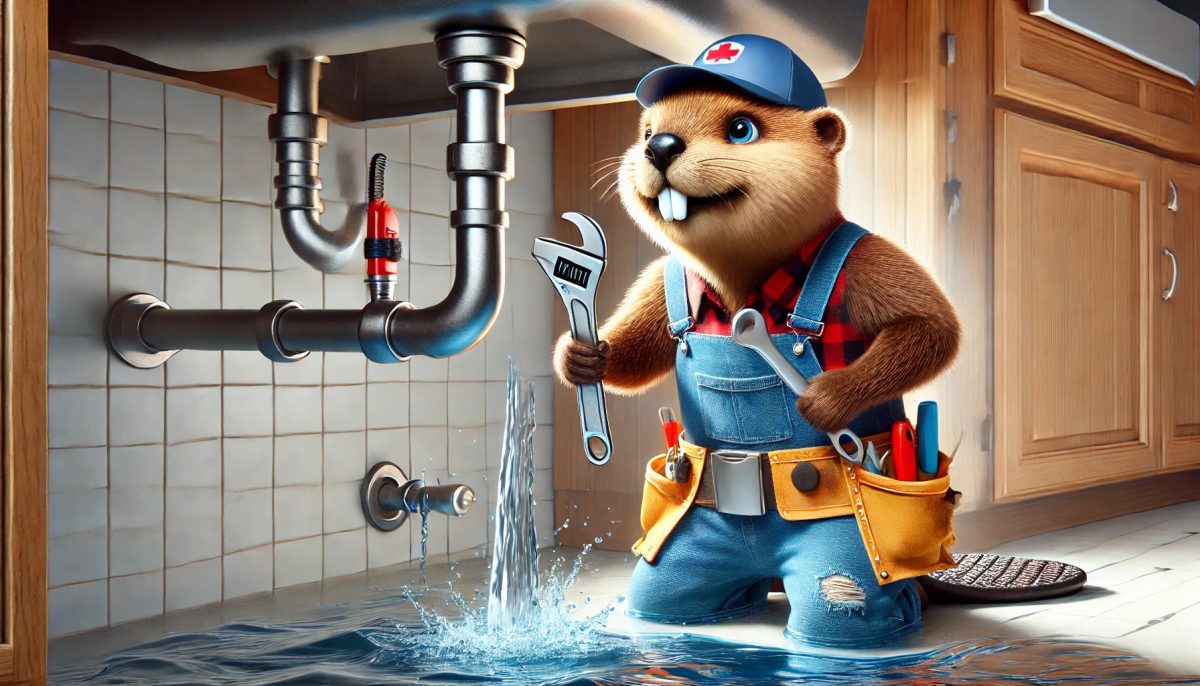(And How to Fix Them)
Introduction
You work hard, you book jobs, but at the end of the month, your bank account still doesn’t reflect the effort. Where is your money actually going?
For many electricians running a small business or working solo, profit isn’t just about getting more jobs—it’s about keeping more of what you already make. If your pricing, processes, or expenses aren’t dialed in, you could be bleeding cash without even realizing it.
Let’s break down the 5 biggest money leaks in your electrical business—and more importantly, how to plug them for good.
1. Giving Free Estimates (Without a Strategy)
The Leak: Driving all over town for free estimates that don’t convert is a massive time and money drain. Fuel, vehicle wear and tear, and hours of unpaid time add up fast.
The Fix:
- Charge for estimates (even a small $50-$75 fee) and apply it toward the final job. Serious homeowners will pay.
- Pre-qualify leads over the phone: Ask about budget, timeline, and scope before setting an appointment.
- Offer virtual estimates for smaller jobs using photos or video calls.
If you’re doing 10 free estimates a month and only landing half of them, that’s a huge loss of time that could be spent on paid work.
2. Underpricing Jobs & Giving ‘Friend’ Discounts
The Leak: Too many electricians price based on what they think customers will pay, instead of what the job is worth. If you’re undercharging, you’re working harder for less money.
The Fix:
- Use a flat-rate pricing system so every job is priced consistently and profitably.
- Stop giving discounts to friends, family, or “nice” customers unless it’s intentional (not just because they ask).
- Raise rates if you haven’t in the last 12 months—materials, fuel, and labor costs have all increased.
A homeowner who balks at fair pricing will likely be a nightmare to work with anyway. Let them walk.
3. Wasting Time on Small, Low-Profit Jobs
The Leak: Spending too much time on small jobs (like changing outlets or troubleshooting light fixtures) instead of focusing on higher-value work.
The Fix:
- Implement a minimum service charge (e.g., $150-$200 just to show up). This filters out small, unprofitable jobs.
- Bundle small jobs into half-day or full-day service packages instead of running all over town for one-off tasks.
- Focus on upselling add-ons, like panel upgrades or surge protection, to increase job value.
If you’re running 3-4 small jobs a day at $100 each, you’re making less than if you did one $500+ job with proper pricing.
4. Not Tracking Expenses (Or Letting Them Pile Up)
The Leak: Many electricians don’t track business expenses closely, leading to money being wasted on tools, unnecessary subscriptions, or avoidable material costs.
The Fix:
- Use a simple accounting app like QuickBooks, Wave, or Jobber to track every expense.
- Buy materials in bulk when possible to get contractor pricing.
- Cut unnecessary costs—are you paying for software, services, or tools you don’t actually need?
Even small, unnecessary expenses add up to thousands lost every year.
5. Driving Too Much Without a Plan
The Leak: Constantly driving between jobs, supply houses, and estimates without a plan wastes time and gas.
The Fix:
- Plan your schedule to minimize back-and-forth trips.
- Stock common parts in your vehicle to avoid unnecessary supply runs.
- If you do supply runs, buy in bulk to save money and avoid extra trips later.
Just one fewer supply run per week could save you hours and hundreds in fuel costs over a year.
Final Thoughts: Keep More of What You Earn
The best way to increase your take-home pay isn’t just getting more jobs—it’s eliminating waste in your business.
By charging properly, eliminating time-wasters, and tracking expenses, you can work smarter, not harder—and finally see more money stay in your pocket where it belongs.
👉 What’s the biggest money leak you’ve noticed in your business? Drop a comment below!
SEO
1. Should electricians charge for estimates?
Yes! Free estimates waste time and fuel if they don’t convert. Many electricians charge $50-$150 for estimates and apply it toward the final job if booked.
2. How can electricians avoid underpricing their jobs?
Use flat-rate pricing instead of guessing, factor in all expenses (materials, labor, overhead), and raise rates annually to keep up with rising costs.
3. What’s a good minimum charge for small electrical jobs?
Most electricians set a minimum service fee of $150-$200 to ensure even small jobs are profitable.
4. What are the most common expenses electricians overlook?
Frequent supply runs, tool purchases, unnecessary software subscriptions, and not tracking small purchases add up to thousands lost yearly.
5. How can electricians reduce fuel costs?
Plan job routes efficiently, stock common parts in the van, and schedule jobs by location to minimize unnecessary driving.
